A unique new study led by Professor Gilles-Eric Seralini has shown that the first genetically-modified GM crop commercialized for animal feed, Bt176 from Novartis (now Syngenta), was toxic to cows over the long-term.
Context:
The first GM maize to be commercialized for animal feed, Bt176 from Novartis (subsequently Syngenta), caused various controversies, beginning in 1996. Grown on a few thousand hectares, it was quickly withdrawn from the market.
DONATE HERE TO HELP INDEPENDENT SCIENCE
An antibiotic resistance marker gene was used in the genetic transformation, and the plant produced a new modified insecticide like all Bt plants. Yet only one nutritional test was conducted by Novartis on four cows for two weeks; one cow died after a week without scientific explanation.
The Papers:
Pathology Reports on the First Cows Fed with Bt176 Maize (1997 – 2002)
The experience of one of the first GM crop farmers in Europe
Around this time (1998-2007), Prof. Gilles-Eric Séralini had access to the industry dossier on Bt176 as an expert for the French government within the Biomolecular Engineering Commission. Together with CRIIGEN, he had already denounced the crucial lack of long-term tests.
History:
Meanwhile, Gottfried Glöckner, an experienced farmer who had won an award for the high productivity of his dairy herd in Germany, was working with the GM industry, first to test GMOs for cultivation (1995), and then as the first farmer to feed Bt176 maize silage to his dairy cows (1998-2002).
As it turned out, this was and still remains the longest detailed feeding observation with a GMO. Glöckner’s farm, a recognized model of good practice, was supervised by qualified veterinarians. There had been no cases of serious disease on the farm since Glöckner took it over in 1986.
When partial paralysis (paresis) accompanied by great fatigue, and problems in the kidneys and mucosal membranes arose in the animals, followed by death in 10% of cases, microbial causes were sought.
All kinds of analyses were conducted, including some by university laboratories, in agreement with the German Ministry of Health and Syngenta. The investigations drew a blank. At this time, the dose of GMO Bt maize, which had been progressively introduced, had reached 40% of the diet.
By 2002, the farmer had become convinced that Bt maize was the cause of the diseases. He sued Syngenta and had partial compensation for his losses. But he subsequently suffered legal and personal setbacks, as reported in a short commentary [Séralini, SJAS, 2016].
After all these court cases ended, Prof Séralini gained access to veterinary records and to very complete archived data for each cow, as well as to the testimony of the farmer, who holds a Master’s degree in Agricultural Sciences. For the first time ever, an analysis of these data has been published. The analysis, by Prof Séralini and the farmer, Gottfried Glöckner, appears in the peer-reviewed Scholarly Journal of Agricultural Sciences [Glöckner & Séralini, SJAS, 2016]. http://scholarly-journals.com/sjas/archive/2016/January/toc.htm
New scientific data on Bt toxins and a thorough study of the records show that this GMO Bt maize is most probably toxic over the long term.
This study reveals once again the urgent need for specific labelling of the identity and quantity of GMOs, especially in food and feed. Long-term testing of GM food and the pesticides they are designed to contain must be carried out and made public. This is now more essential than ever.
Contact: Prof. Gilles-Eric SERALINI gilles-eric.seralini@unicaen.fr or criigen@criigen.info ; www.criigen.org
Contact : Gottfried GLÖCKNER (Germany) ggloeckner@t-online.de
PRESS CONFERENCE on Tuesday Jan 26, 2:30 pm
Press Room 0A50 European Parliament
Bâtiment Paul Henri Spaak – Entrance Simone Weil, bâtiment A.Spinelli (place Luxembourg) BRUSSELS





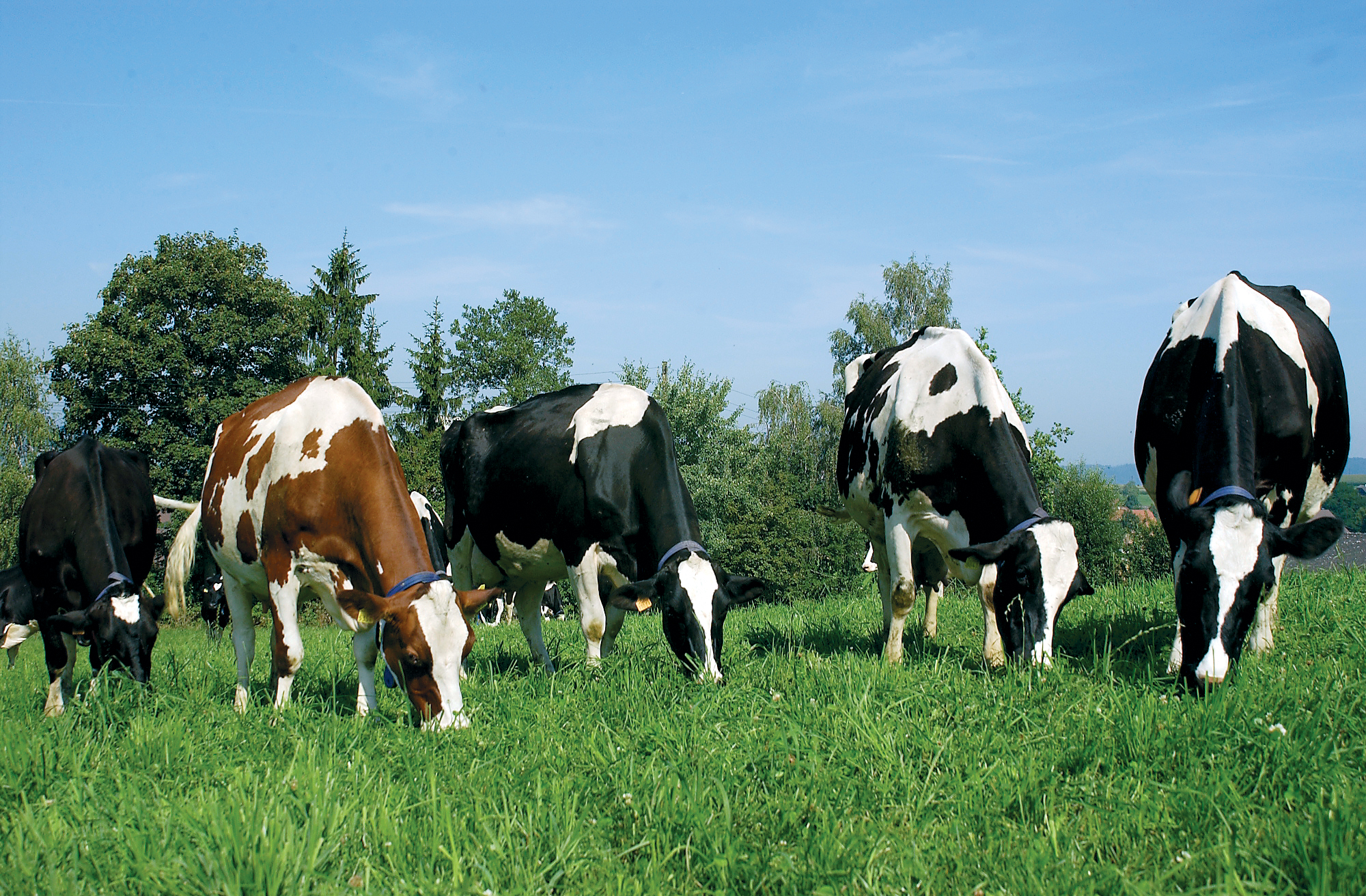



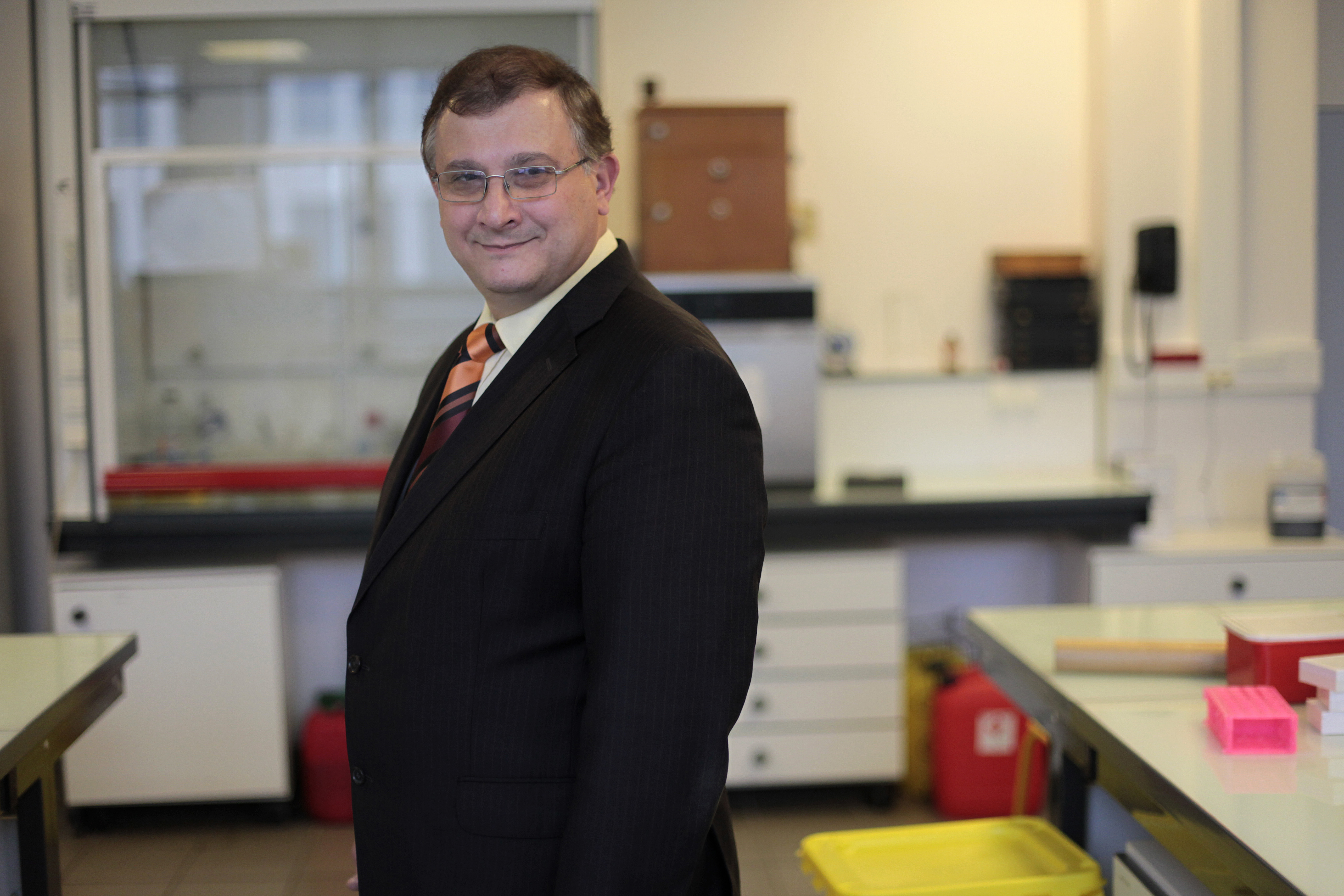
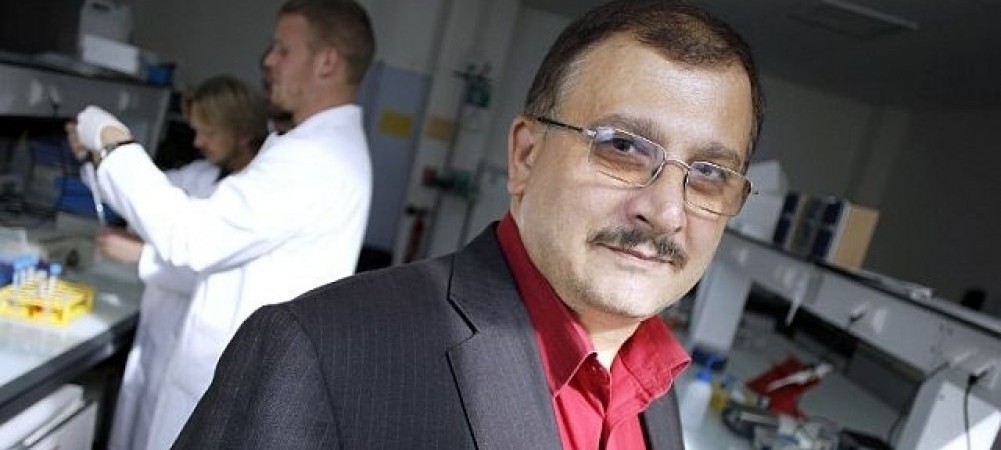

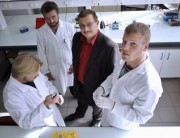
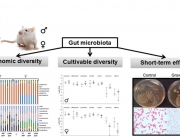

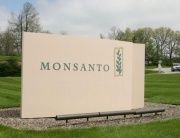



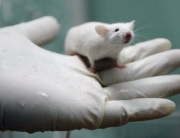




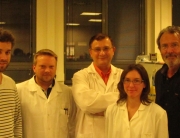


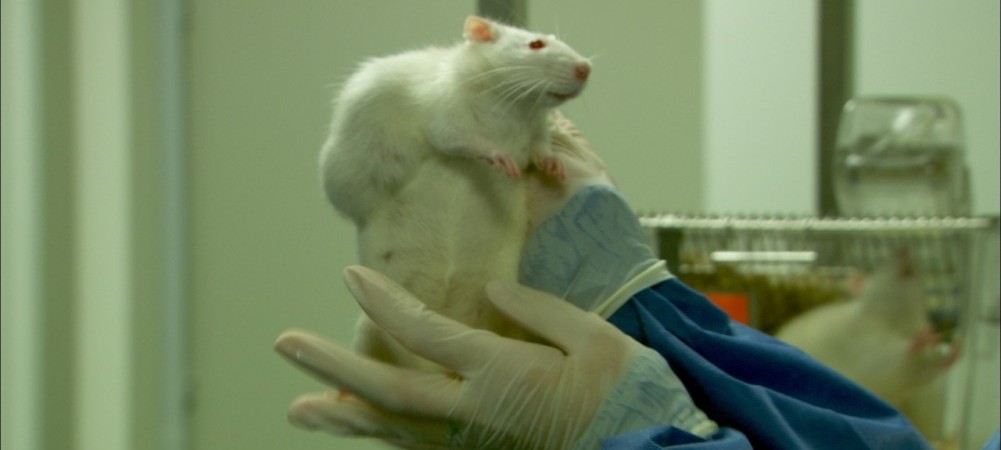

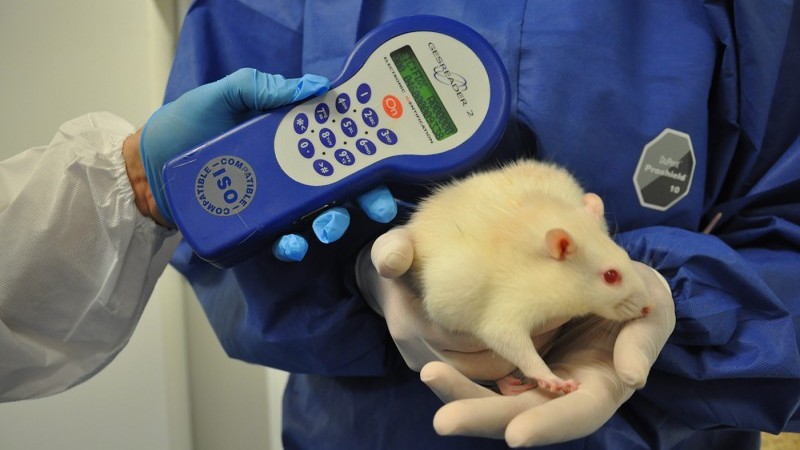

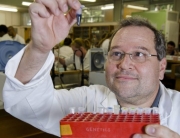
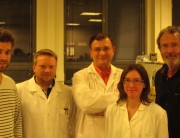

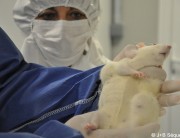






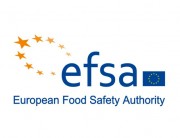













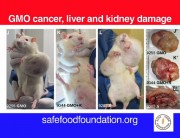

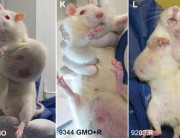


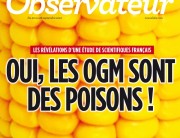















Hello <3's Can you please add a Pintrest Pin to your site Id like to PIN I. Thank you